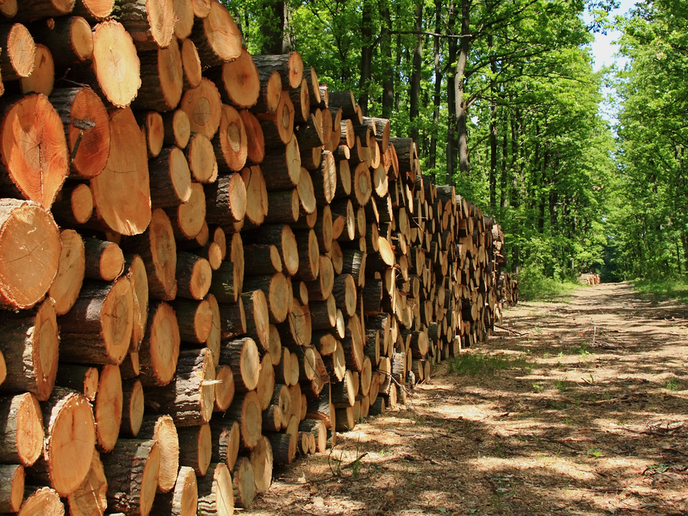A sustainable method for producing amines from agricultural and forestry waste
Lignocellulose – plant dry matter – is the most abundantly available raw material on Earth for the production of biofuels, mainly bioethanol. It is produced in large quantities as part of agricultural and forestry waste but is currently not fully valorised because of its challenging structure. The ERC-supported CatASus (Cleave and couple: Fully sustainable catalytic conversion of renewable resources to amines) project, carried out at the University of Graz, Austria, aims to fully tackle this by developing a novel and efficient means to depolymerise (decompose) lignocellulose into platform chemicals and then convert them into useful compounds, primarily amines (a nitrogen-containing compound). This would be highly beneficial as amines, ubiquitous in the chemical industry, are in high demand in medicinal polymer chemistry and as fine chemical intermediates. By utilising lignocellulose, the production of amines could become fully sustainable. CatASus aims to deliver groundbreaking approaches in catalysis that are necessary to establish an entirely new lignin valorisation platform. Its core focus is devoted to catalysts relying on cheap, Earth-abundant materials in contrast to methods that use expensive, noble metals that are becoming ever scarcer and could be fully depleted in the coming decades. Whilst constituting a major innovation in being able to produce amines in a truly sustainable novel-to-waste value chain, the project’s results would also offer important economic benefits, creating new sources of revenue for the agricultural and chemical sectors and contributing to the growth of a European bioeconomy. CatASus began in May 2016 and is due to run until April 2022.
Keywords
CatASus, lignocellulose, amines, catalysis, lignin valorisation, bioeconomy



